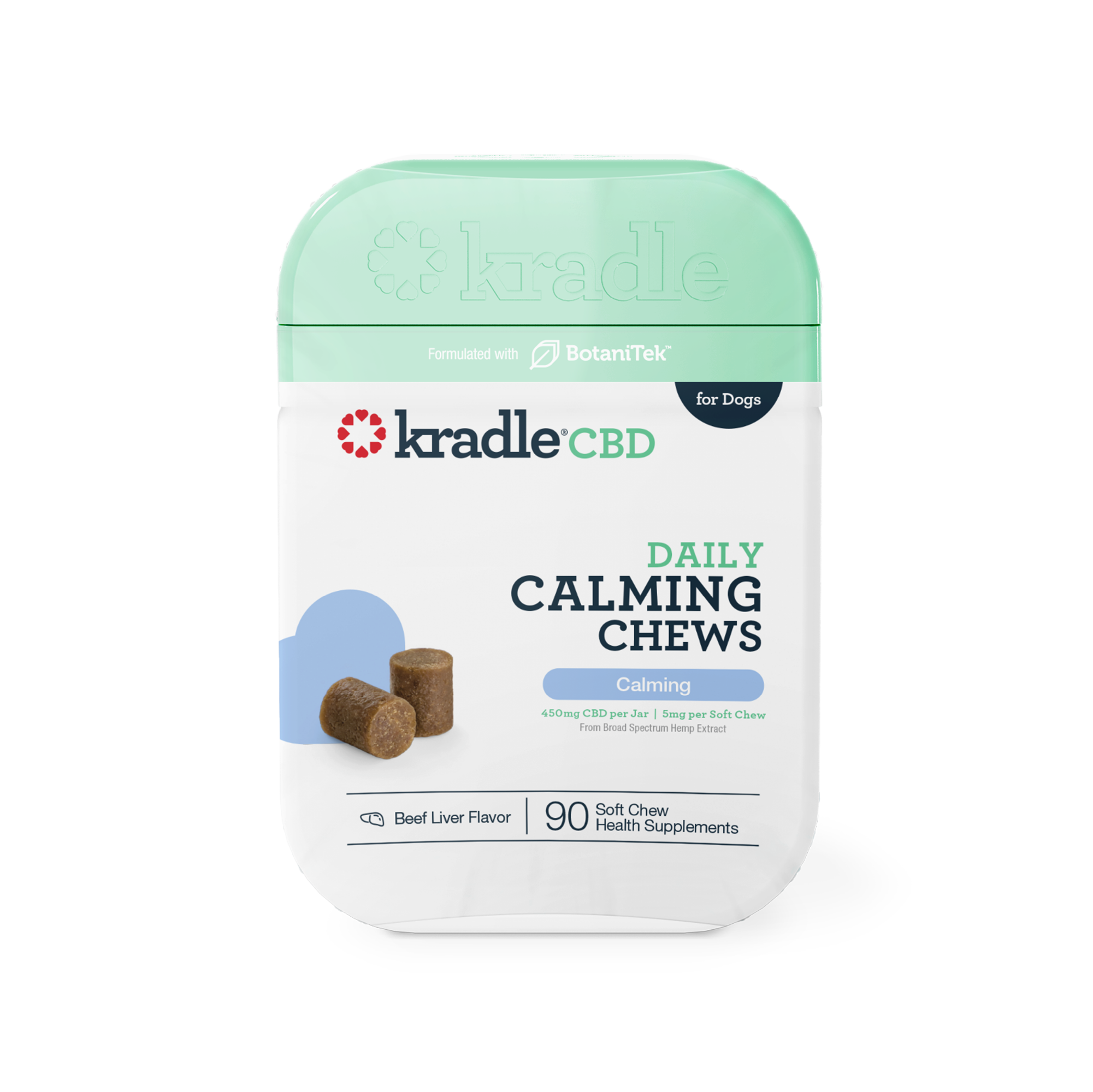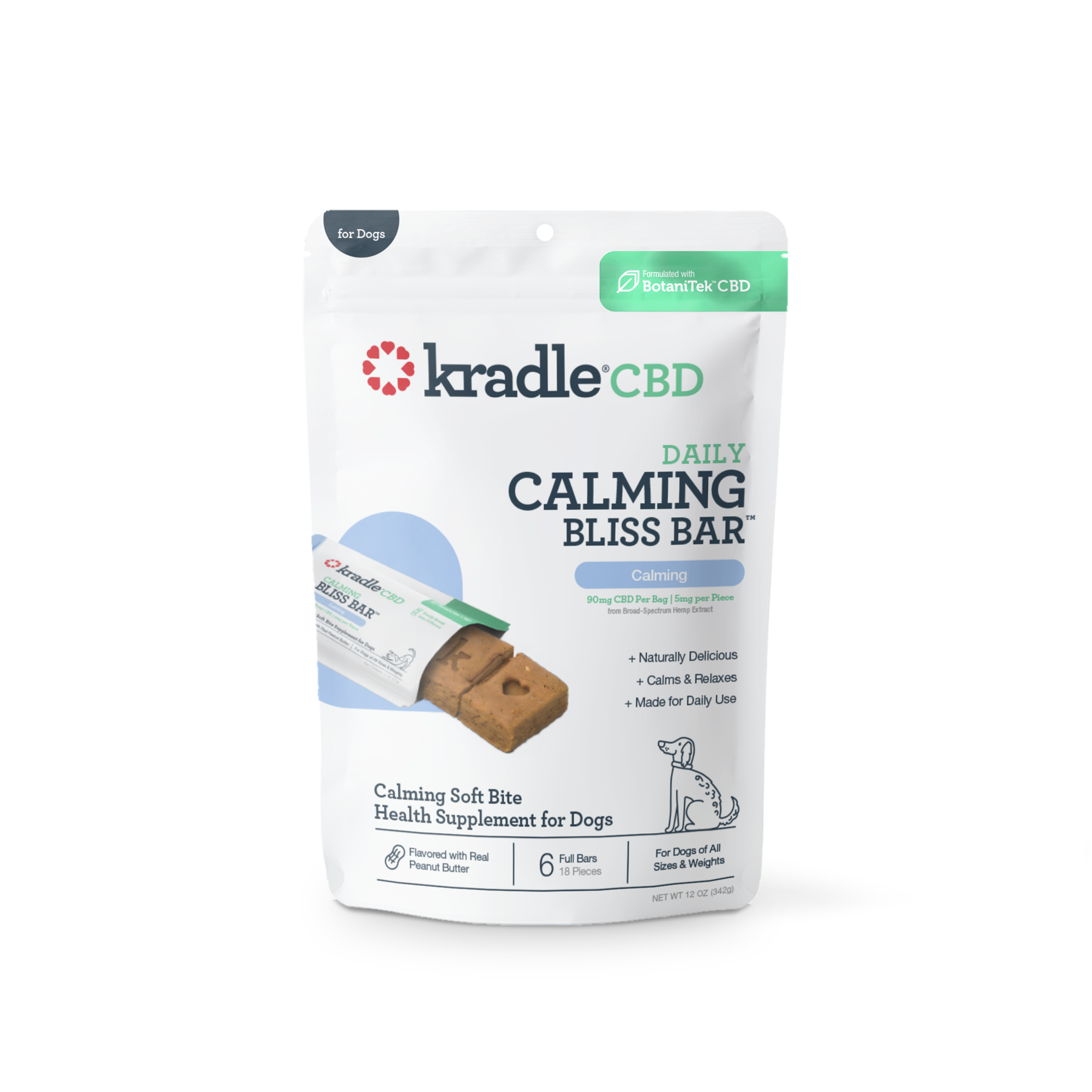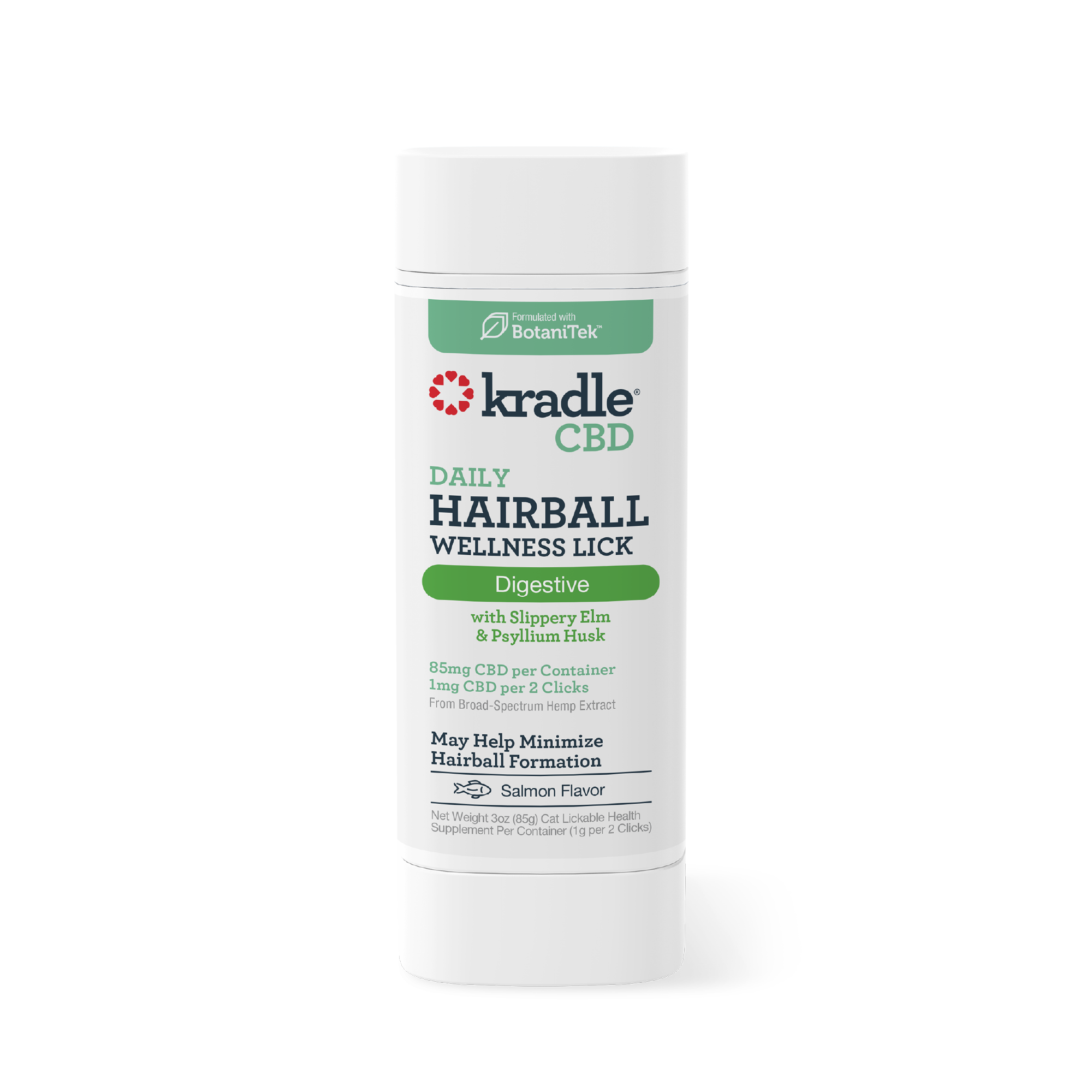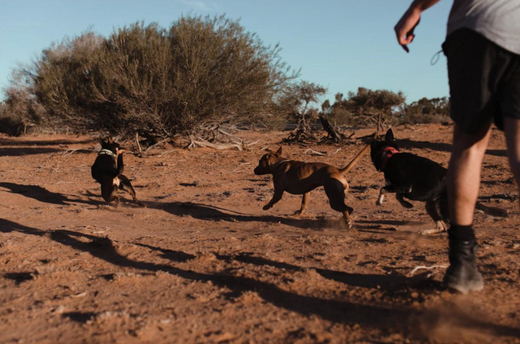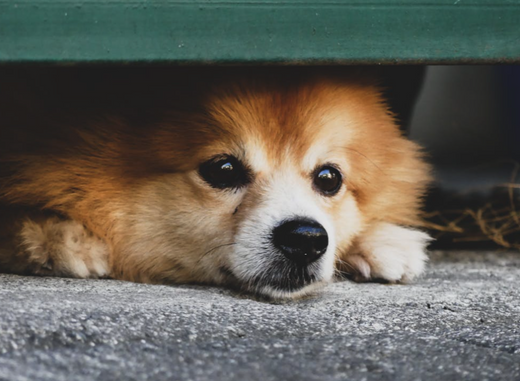
Training Tips for Anxious Dogs and Their Owners
Having an anxious dog can be stressful for both you and your pet. There are a slew of challenges that you might face, including destructive behavior, excessive barking and fear aggression.
Not only can these issues impact your dog's overall well-being, but they may also prevent you from achieving harmony in your household.
To promote better physical and emotional well-being in your pet, it's important to understand how anxiety affects dogs and how you can address it properly. Here's everything you need to know about helping your anxious dog cope better.
How to Calm an Anxious Dog
First, it's important to recognize the common signs of anxiety in dogs. These may include any of the following:
- Trembling
- Panting
- Pacing back and forth
- Excessive drooling
- Avoidant behaviors
Once you're able to identify these signs, it's time to learn how to train an anxious dog. Creating designated safe spaces with the aid of pheromone diffusers or weighted blankets can help your pet feel more relaxed.
To boost the effects of these spaces, try to implement relaxation techniques such as gentle massage, soothing music and calming scents like lavender.
Dogs also respond well to positive reinforcement. When training an anxious dog, be sure to promote calmness with treats, praise and some of your pet's favorite toys. If your dog continues to struggle, we recommend seeking professional help.
Consult with a trusted veterinarian or a certified dog behaviorist to receive custom-tailored guidance and support.
How to Train a Reactive Dog
Reactive dogs tend to respond to stimuli in a way that is disproportionate to the situation. These stimuli can include other dogs, strangers, loud noises or unfamiliar environments. Examples of reactive behavior are lunging, growling, a stiffening body, barking and biting.
When learning how to calm an anxious dog, it's important to use desensitization and counterconditioning techniques. These methods gradually expose your dog to triggering stimuli in a controlled environment.
Through these techniques, you can strategically pair exposure with rewards to improve your dog's emotional response.
Another effective strategy for how to train a dog to stop barking is obedience training. Teaching commands like "watch me" or "leave it" can help establish clear communication and boundaries, which is crucial to managing reactive episodes.
It's crucial to be consistent and patient when learning how to train a reactive dog. By building a structured training plan and establishing regular practice sessions, you can see gradual progress over time.
How to Help an Anxious Dog
If you're looking to calm your dog's nerves, there are several strategies you can employ. It's important to build trust and confidence through gentle encouragement and positive reinforcement, using rewards and praise to reinforce brave behaviors and boost self-assurance.
Try to gradually expose your pet to anxiety-inducing stimuli, starting with low-intensity exposure and gradually increasing the challenge level as they grow more comfortable.
Dogs thrive on routine, so create a schedule for your pup that fosters predictability and security. Try to stick to consistent meal times, exercise schedules and relaxation periods to reduce uncertainty and anxiety.
It's also helpful to encourage mental and physical stimulation through enrichment activities such as puzzles, interactive games and scent work to engage your dog's mind and body.
If you're still wondering how to help an anxious dog, make sure to address any underlying medical issues promptly with trusted veterinary care. All physical health concerns should be properly managed to prevent your dog's anxiety symptoms from escalating.
How Long Does it Take to Train a Dog?
There are a number of factors that influence the duration of training, including breed characteristics, age, temperament, past experiences and your own commitment to training.
The key is to set realistic expectations and goals based on your dog's skills and progress. Remember that every dog learns at their own pace and may require different amounts of time to master certain skills.
It's vital to establish consistency in your training methods and routines. By emphasizing the importance of regular practice sessions and clear communication, you can help reinforce desired behaviors and minimize confusion.
Dogs also respond well to rewards, so don't forget to celebrate their progress and milestones along the way. Recognizing small achievements helps keep up their morale and enthusiasm for continued learning.
If you're wondering, "How long does it take to train a dog?" it's important to keep in mind that training is an ongoing process that evolves over time. There are always new opportunities for ongoing skill development and refinement throughout your dog's life.
How to Train a Dog with Separation Anxiety
To train a dog with separation anxiety, know how to identify common symptoms, such as excessive vocalization, destructive behavior, house soiling and attempts to escape when left alone.
An effective strategy is to gradually desensitize your dog to being alone. Start off slowly with short absences and, as time goes by, increase the duration to build your pet's tolerance to separation.
A helpful tip is to establish a departure routine to minimize stress. Be sure to incorporate activities that signal the impending departure, such as picking up your keys or putting on your shoes, to help your dog adjust.
When you're not around, find ways to provide mental and physical stimulation, such as interactive toys, food puzzles or comforting items that have your scent. These subtle reminders of your presence will keep your dog occupied and alleviate boredom and anxiety.
In the event of severe separation anxiety, it's a good idea to seek professional guidance. Schedule a consultation with a veterinarian or animal behaviorist to develop a comprehensive treatment plan tailored to your dog's specific needs.
Help Your Dog Overcome Anxiety
Properly addressing anxiety in your dog is crucial to their overall well-being. Remember to be patient, persistent and compassionate in your efforts to help your anxious dog overcome their fears and lead a fulfilling life.
With dedication, understanding and the appropriate training techniques, anxious dogs can learn to cope with their stress and thrive in loving, supportive environments.

